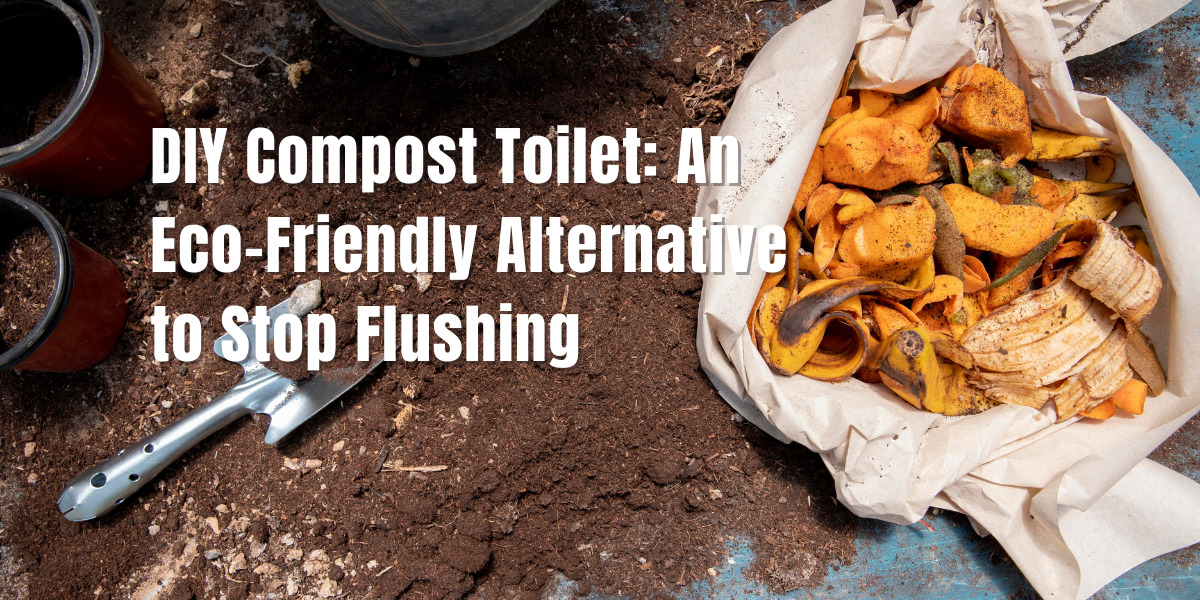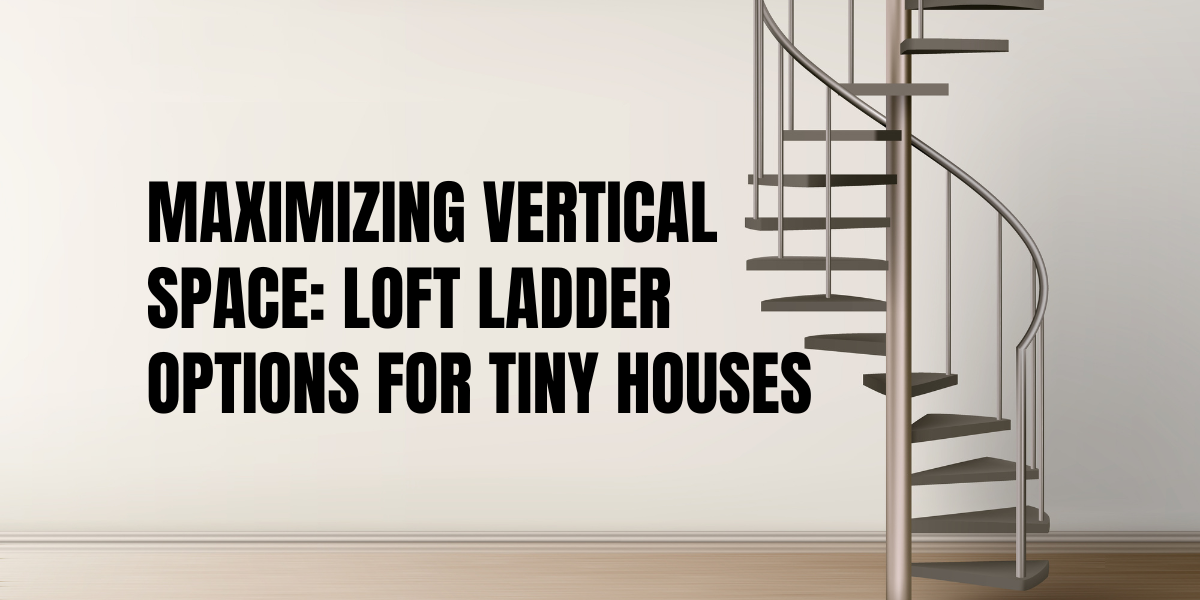Compost toilets are beginning to make sense for individuals who consider flushing liters of potable water down the toilet after every use radically at odds with efforts to safeguard the environment and lessen the climate emergency.
The concept is straightforward: treat human waste similarly to other organic materials. Keep reading to join this eco-friendly trend and learn how to make a DIY compost toilet.
What Is A Composting Toilet?
A composting toilet is a device that collects and composts human waste, allowing you to transform unwanted byproducts into organic material for your lawn or garden. While serving the same purpose as a conventional privy or outhouse, this system is different and is more eco-friendly, healthier, and sustainable.
A homemade composting toilet kills most germs by decomposing waste, straw, and dry materials like leaves, sawdust, or wood ash at a high temperature.
Once you use it, you’ll have compost that is odor-free, hygienic, and clean.
How Do These Type Of Toilets Work?
The complexity of the design, the amount of energy needed for effective operation, and the capacity of composting toilets vary. The most basic type can be made using a big bucket, some wood, and a bunch of hay. Self-contained devices inside homes may include heating elements to drive off extra moisture, electrically powered rotating chambers, and mechanical batch stirrers.
Single-chamber systems that are built on-site can be constructed with few moving parts. For successful waste processing year-round in distant places, for instance, all that is required is a solar-powered fan attached to an aeration chimney.
Achieving secure aerobic conditions for bacterial breakdown in the compost is crucial. After every usage, a bulking agent like sawdust or coir is a must, and some systems also permit the inclusion of food scraps. All systems feature a way to manage leachate using gravity or a heating element.
A urine separator will separate your solid waste and urine in a composting toilet. Because of this, we also call it a separating toilet.
Additionally, they must offer a way for the finished item to be removed quickly. Although some systems could smell, well-designed systems are aired and encourage bacteria decomposition, so as long as they are maintained properly, they won’t have an odor.
Where Are Composting Toilets Placed?
Composting toilets are frequently used in institutional and suburban settings because they are well-adapted to rural and water-scarce places. Due to stricter health laws and a shortage of available storage space, urban consumption is constrained.
Other users usually live in locations where water and sewer infrastructure is limited or at capacity, or they are maybe concerned about the environment and want to minimize their influence on water supplies.
In conventional household systems, wastewater from toilets and gray and black water from sinks, showers, and washing machines are combined before being dumped into a sewer or on-site septic tank. Composting toilets do not produce black water or release wastewater since they don’t use water to transport waste from the toilet to the next stage of waste treatment.
The waste from a composting toilet is biologically processed on-site, allowing it to turn into a soil nutrient, unlike the trash from a privy or outhouse, which is coated with lye and either buried or hauled for traditional sewage treatment elsewhere. A composting toilet can reduce a lot of waste of its original volume when kept in good condition.
Types Of DIY Composting Toilets
DIY compost toilets are separated into two categories: self-contained and central (or remote).
Self-contained
The waste is kept in the restroom, typically under the toilet seat or the bowl, using a self-contained composting toilet. The method functions best in compact or mobile homes because they have less room. This version is suited for a limited number of users because of its smaller dimensions.
The biggest benefit of such a system is how rapidly you can construct it yourself. The primary drawback is the limited storage space, which means you’ll need to empty it frequently and possibly have a few extra containers on hand when you need to swap out a full one.
Central
Using pipes, a central composting toilet moves human waste to a tank situated elsewhere, where you store it and speed up the breakdown process. Typically, this site is in the basement or some other underground space outside the home. This composting toilet doesn’t need to be cleaned or emptied every day due to the larger tank capacity.
The system is appropriate for larger households with many users because it may accommodate many toilets in a single household. For a more contemporary look, you might use bowls that resemble conventional toilets. However, because of its complexity, it could be more expensive and occasionally not a DIY effort.
Why You Should Have A DIY Composting Toilet
Takes Less Space
Composting toilets can be built anywhere because they don’t require water. They are the go-to option for tiny houses or sheds. As an alternative, you could install them outside and construct a straightforward cover out of lightweight, affordable materials.
Free Organic Fertilizer
Nutrient-rich waste from composting toilets includes nitrogen, phosphorus, and potassium. These nutrients increase the soil’s fertility. Inorganic fertilizers, which might be bad for the environment, can be replaced by them. For those seeking an environmentally benign source of fertilizer, it is a great option.
Compost can be used for gardening and feeding flowers, trees, vegetables, and other plants in residential and urban environments.
Saves Money
There aren’t many installation requirements for these toilets because they don’t need to be connected to a septic or sewer system. Additionally, they are inexpensive to buy and don’t require pricy professionals to install.
You can even install your composting toilet if you’re prepared to learn how. There are free internet resources that you can read or watch. That makes these restrooms widely available to everyone, regardless of location or socioeconomic status.
Easy Installation
Since these toilets do not require a sewer connection, they can be installed anywhere. Indeed, they are preferred in places like farms, eco-tourism resorts, vacation cottages, and rural residences. They can also be removed or moved at any time because they are not permanent fixtures.
Less Water Usage
Toilets that compost do not need water to flush, which is ideal for areas without a dependable water supply, as well as for neighborhoods with low water pressure. Additionally, this is the ideal option even for urban households that want to save water.
Low Maintenance
You won’t need to worry anymore after the composting toilets are installed. In essence, it will look after itself. It gets rid of the urine and water content and lets microorganisms break down the solids. The entire toilet system is straightforward. As a result, you do not have to worry about ongoing upkeep and cleaning.
Make A DIY Composting Toilet
Tools you’ll need: Wood glue, a jigsaw, a circular jaw, an impact driver, a drill or screwdriver, and screws.
Step 1: If necessary, trim the boards to the proper dimensions.
Step 2: Screw the box’s sides together to complete assembly. Any drill will do.
Step 3: Utilizing the hinges, attach the two top box sections.
Step 4: Trace the outline of the bucket, starting 1’12” away from the front end of the top. That will serve as the toilet seat’s base.
Step 5: Into the box’s back, screw the top’s back end.
Step 6: Make sure the top edge of the box is about 12″ below the top edge of the bucket and screw the legs into the box; the top of the bucket needs to stick out of the box by 12″. To account for the protrusion of the bucket, adjust the legs as necessary.
Step 7: Cut along the circle’s traced perimeter using a jigsaw to eliminate it.
Step 8: Make holes and then screw the toilet seat to the box’s top.
Voilá! Your DIY compost toilet is ready to use.
FAQs
Who Are Compost Toilets Best For?
Since they are available in different sizes, systems, and tank capacities, they can be a fantastic solution for just about everyone. Tiny houses, cottages, people living off the grid, and RVs are all excellent places to use composting toilets.
Can You Throw Regular Toilet Paper In A Compost Toilet?
No special toilet paper is required when using a compost toilet in a camper, RV, or tiny house. Toilet paper may be quickly broken down with this technology, much like solid waste. Even though you can use any toilet tissue, choosing a single-ply variety is still the best option. These are simple to disassemble. They also work well with many septic tanks.
Is It Necessary to Add A Fan for Ventilation?
Ventilation may be necessary for the composting process, even with the best compost toilet. It can use a fan for this purpose, and these are often 12-volt computer fans, which are incredibly efficient. If the restroom is crowded, the fan must be on the entire time. You can’t avoid it because it speeds up the compost’s processing.
The Wrap-Up
Composting toilets are not hard to build, and you could save a lot of money if you choose a basic system. Additionally, if you adhere to the directions and consistently utilize the recommended number of cover materials, your system will be safe and odorless.



